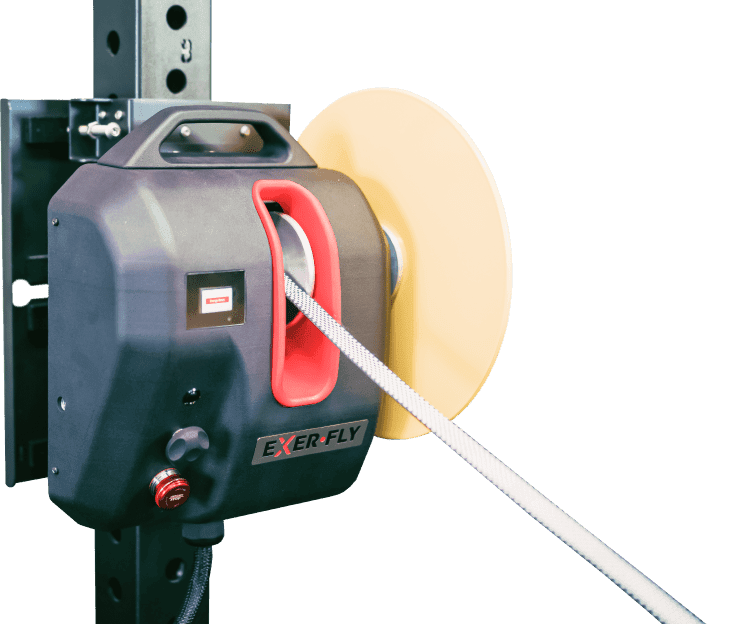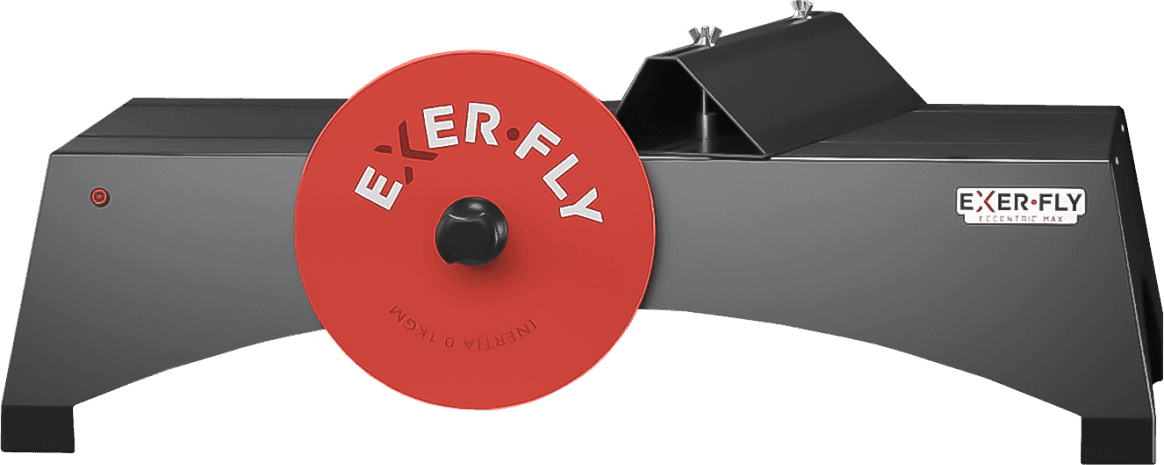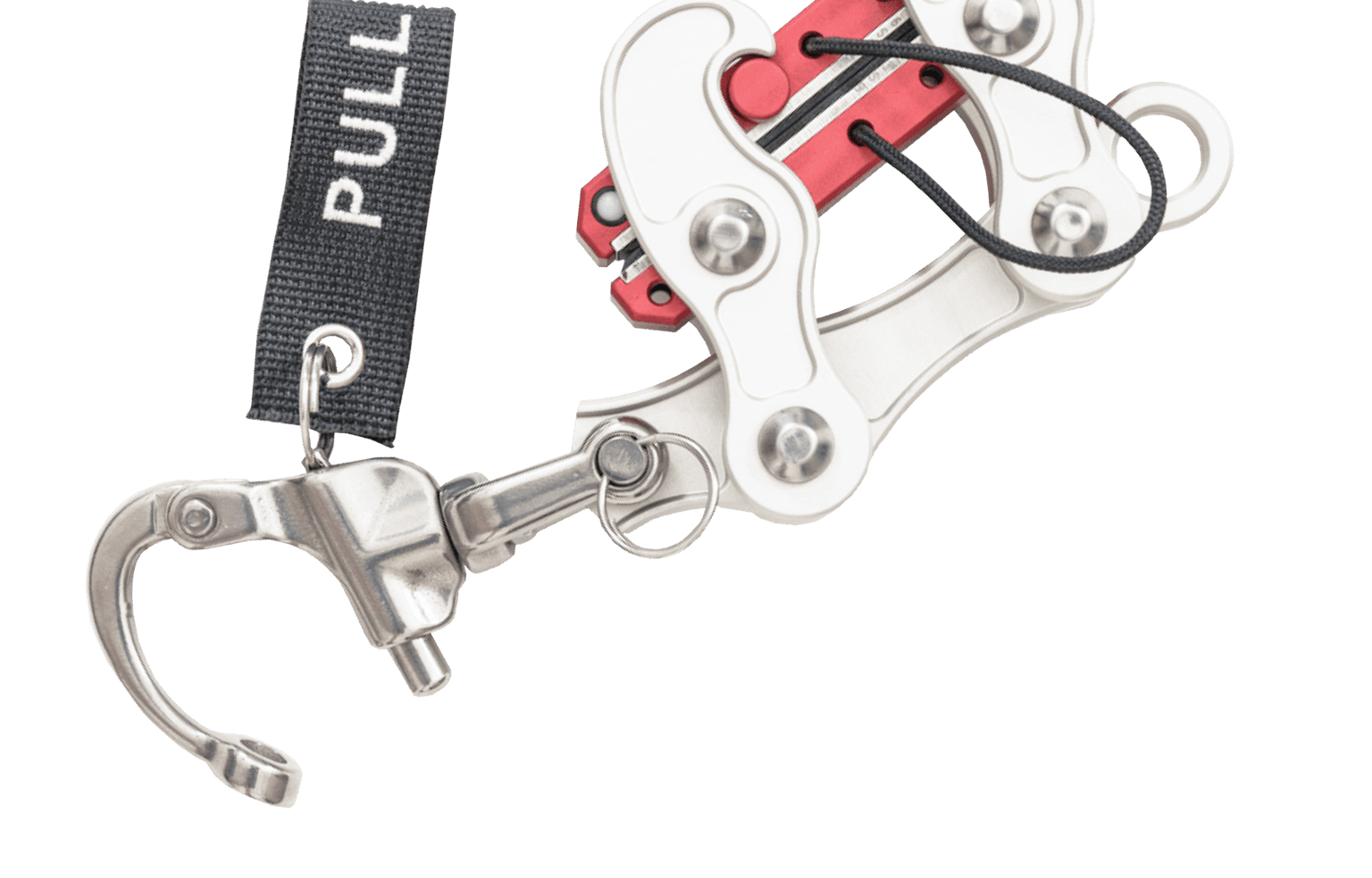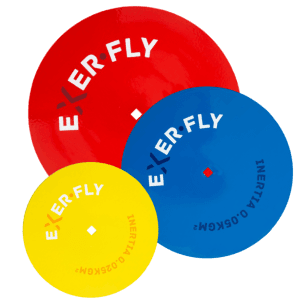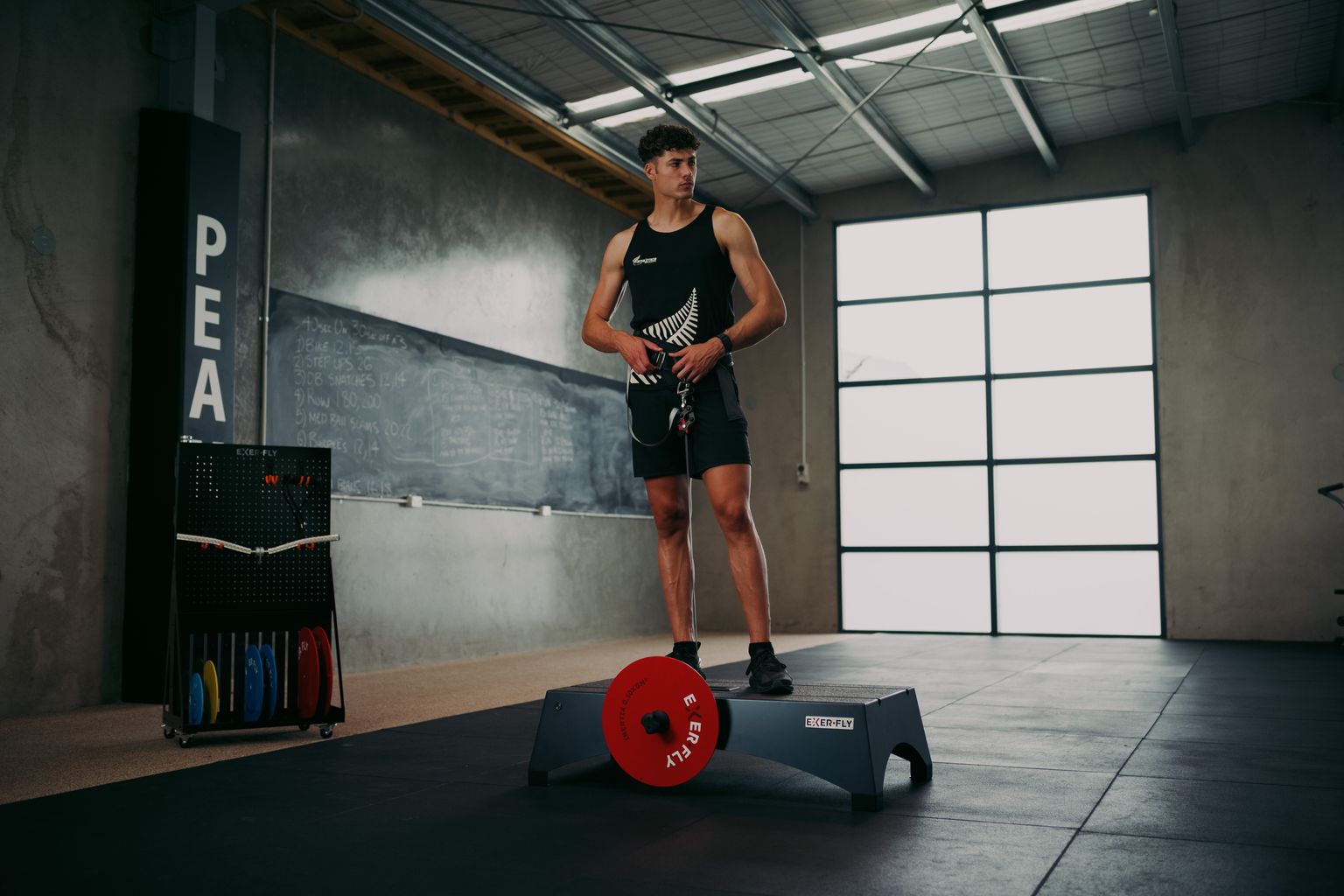
Use of concentric linear velocity to monitor flywheel exercise load
Introduction
Muscles are not capable of lifting as much load in the concentric phase as they can lower with control in the eccentric phase because of the well-described force-velocity characteristics of muscles (Douglas et al., 2017). Hence, loads used during resistance training are limited to those that can only be raised in the concentric phase (Wagle et al., 2017). Resistance training intensity is traditionally prescribed relatively to the maximum concentric strength (based on % of one-repetition maximum [1-RM]) (Suchomel et al., 2016), so a submaximal stimulus is applied during the eccentric muscular contraction of usual weightlifting programs (when no spotters, bands or other equipment are used to provide eccentric overload).
This study proposed the concentric linear velocity measurement as a valid method to quantify load and individualize the prescription of flywheel training, and investigated the relationship between inertial load and mean concentric linear velocity (MCLV) during the flywheel squat exercise in a wide spectrum of intensities.
What they did
Twenty-five healthy sports science postgraduate male students volunteered for this study, all of them with at least 1 year of experience with flywheel training, and no history of neurological disorders or lower limb musculoskeletal injuries. All participants completed all the protocols, including four familiarisation sessions, and two testing sessions. Familiarisation sessions, separated by 48 h, were performed to enlighten participants with the study procedures (i.e., flywheel operation and technique required and to familiarize them with the 5 loads used and RPE scale) and with the bilateral squat exercise proper technique and set-up in the flywheel device used. After familiarisation, participants completed 2 testing sessions 1 week apart of the flywheel squat exercise. The flywheel device was equipped with 6 combinable inertial wheels: 2 × 0.0095 kg m2, 2 × 0.0472 kg m2, 2 × 0.151 kg m2 and an integrated linear encoder. The outcome measure was MCLV of each flywheel squat exercise set and RPE after each set. These measures were taken twice in each exercise mode (during experimental session 1 and 1 week after during experimental session 2) to check their reliability.
What they found
Research found that MCLV in the flywheel squat exercise demonstrated to decrease while inertial load increases showing a significant load-velocity correlation and significant model coefficients for each load. These results, together with the high reliability observed between experimental session 1 and 2, proved that the control of MCLV during flywheel training can be proposed as a valid method to quantify load and to individualize the prescription of flywheel training. Furthermore, RPE responses have demonstrated significant correlations with load and velocity. This study determined that the flywheel LVprofile is an effective and reliable approach to categorize efforts during flywheel exercise and to assess training-induced effects.
Practical Application
This study found that MCLV values decrease while inertial load increases during the flywheel squat exercise, showing high reliability and a significant load-velocity correlation. So if you were looking to quantify load and individualize the prescription of flywheel training, which also could be used to assess training-induced effects, MCLV may be used as a valid method. In addition, the strong correlation between RPE load and RPE and MCLV suggests the control of the individual’s RPE as a valid and reliable avenue to quantify flywheel training. If you are looking to learn more about quantifying your results with flywheel training, book a free consultation with our team and we can discuss which Exerfly device fits your outcomes best.
References
Martín-Rivera F, Beato M, Alepuz-Moner V, Maroto-Izquierdo S. Use of concentric linear velocity to monitor flywheel exercise load. Front Physiol. 2022 Aug 12;13:961572. doi: 10.3389/fphys.2022.961572. PMID: 36035469; PMCID: PMC9412162.


